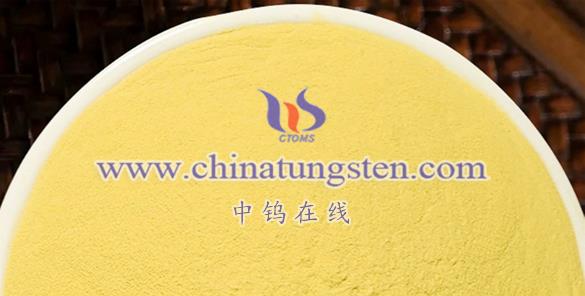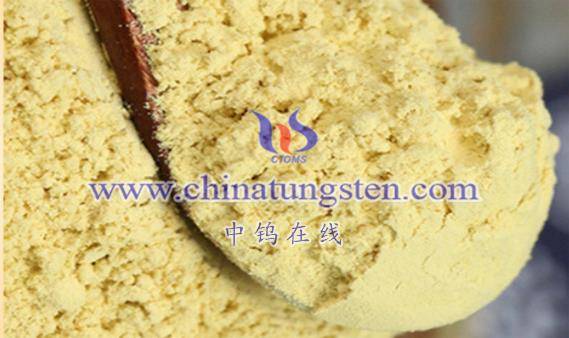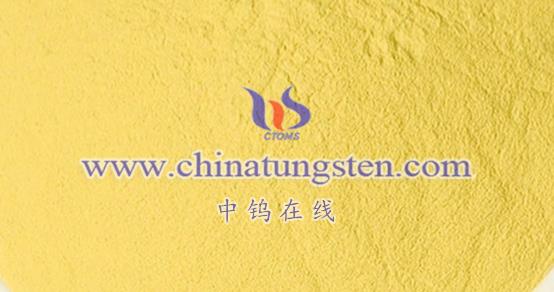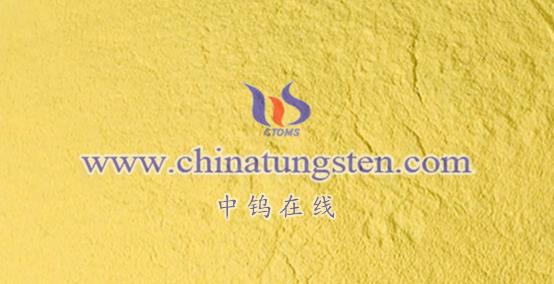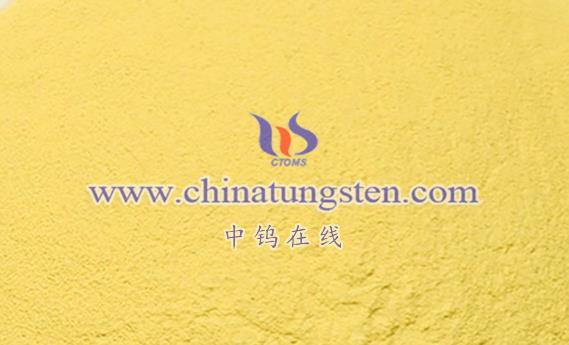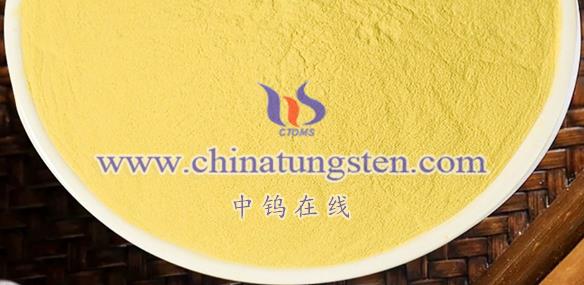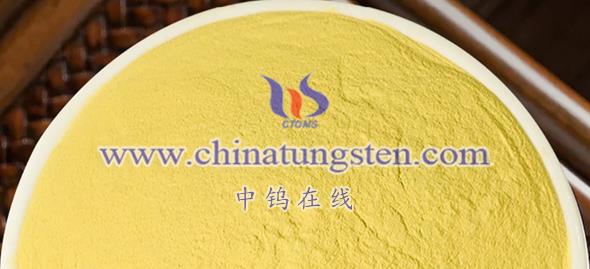
Advantages of Sub-Nanometer Yellow Tungsten
- Exceptional Physical and Chemical Properties
Large Specific Surface Area
Small particle size and large surface area enhance surface effects, leading to higher catalytic activity and better adsorption properties.
Outstanding Optical Performance
Strong absorption of electromagnetic waves, particularly in the visible and ultraviolet regions, makes it a suitable material for solar energy absorption and stealth applications.
Good Electrical Properties
As an n-type semiconductor, it exhibits strong electrical conductivity, enabling its use in electronic devices and sensors.
High Thermal Stability
Maintains stability even at high temperatures, making it suitable for applications in extreme environments.
- Versatile Application Potential
Catalysts
Widely used in petrochemical processing, biodegradation, and wastewater treatment to enhance reaction efficiency and product purity.
Insulation Materials
Applied in the production of thermal insulation coatings and materials, improving energy efficiency.
Sensors
Used in gas sensors and chromogenic devices for environmental monitoring, industrial testing, and safety systems.
New Energy Materials
As an anode material for lithium-ion batteries, it improves energy density and cycle life, with applications in electric vehicles and portable electronics.
- High Customizability
Through precise control of preparation methods and conditions, its particle size, morphology, and performance can be tailored to meet specific application needs.
Disadvantages of Sub-Nanometer Yellow Tungsten
- Complex Preparation Processes
Current methods for synthesizing sub-nanometer yellow tungsten include ultrasonic chemical methods, solid-phase methods, gas-phase methods, and liquid-phase methods. However, each has limitations:
Ultrasonic Chemical Method
Produces highly crystalline, well-dispersed particles but is unsuitable for large-scale production.
Gas-Phase Method
Results in superior product performance but requires high technical expertise, costly equipment, and high production costs.
- Toxicity Concerns
Health Hazards
Tungsten trioxide, including sub-nanometer yellow tungsten, exhibits some toxicity.
Contact with Skin or Eyes
May cause irritation or damage.
Inhalation Risks
Could harm the respiratory system.
Proper protective measures are essential during handling and storage.
- Stability Issues
While sub-nanometer yellow tungsten is thermally stable, it may decompose or undergo phase transitions under certain extreme conditions, such as in strong acidic or alkaline environments. This could impact its performance and application reliability.
Summary
Advantages: High specific surface area, excellent optical and electrical properties, high thermal stability, versatile applications, and customizable features.
Disadvantages: Complex production methods, toxicity concerns, and potential stability issues under certain conditions.
Sub-nanometer yellow tungsten holds significant promise across numerous fields, but addressing its production challenges, toxicity, and stability issues is critical for unlocking its full potential.
More details of tungsten oxide product, please visit website: tungsten-oxide.com
Please contact CHINATUNGSTEN for inquiry and order of tungsten oxide:
Email: sales@chinatungsten.com
Tel.: 86 592 5129595
